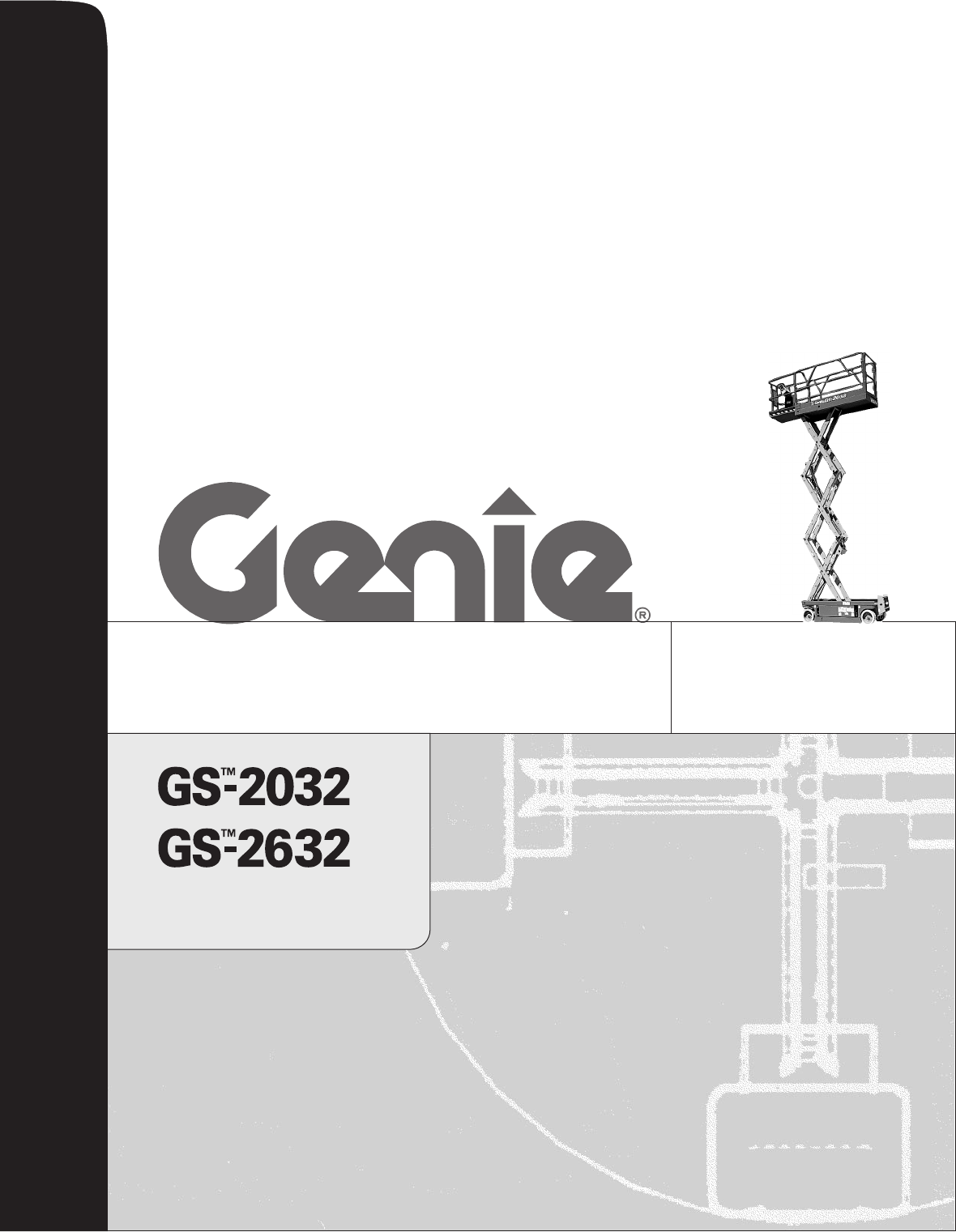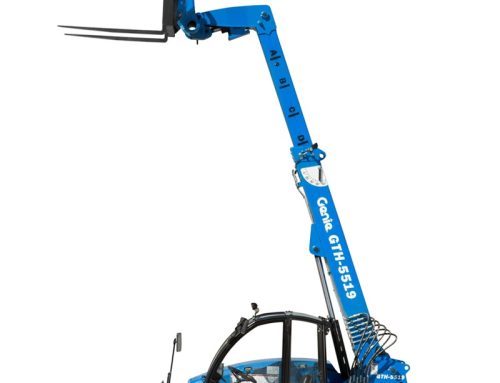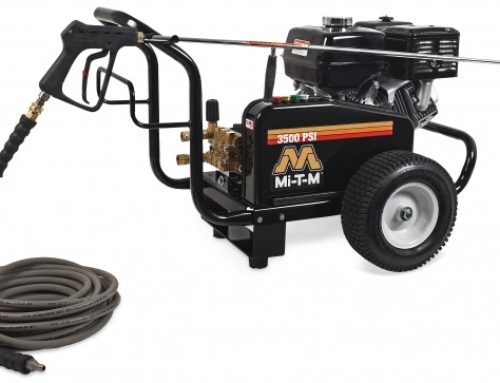Our scissor lift safety checklist is meant to be used as a guide when operating a scissor lift. Follow these five simple steps, but above all, always use common sense. Your life depends on it.
 We can’t believe how many times we see a scissor lift operator not wearing a safety harness. Whether you’re using a 19, 26, 32, or 40-foot scissor, a fall from any of those heights can cause severe injury and even death. Why take the chance when a simple and inexpensive safety harness can offer you the peace of mind of knowing that you’re being as safe as possible.
We can’t believe how many times we see a scissor lift operator not wearing a safety harness. Whether you’re using a 19, 26, 32, or 40-foot scissor, a fall from any of those heights can cause severe injury and even death. Why take the chance when a simple and inexpensive safety harness can offer you the peace of mind of knowing that you’re being as safe as possible. If you’re using a scissor lift in a manner it was not intended to be used for – you’re probably risking an accident and injury. Most accidents and injuries are easily preventable by simply using common sense. If it’s a windy day and you’re working around power lines, why take the chance? If you need to move the scissor lift a distance over rough or rocky terrain, why not walk it there instead of moving the unit while aboard the lift? You may think you’re saving time by taking shortcuts, but you risk more down-time and injury by not working intelligently in reality.
Before attempting to utilize any aerial work platform, whether you own one or intend to rent a scissor lift, make sure you do a full walk-around inspection before each use. Some things you should be checking for are leaks in the hydraulic hoses and fittings, gouges or excessive wear in the tires, poor or loose battery wiring, a properly working control box, especially the safety stop button, as well as the various steering and braking components. Never move forward unless you are fully satisfied that you have a good working unit with no safety concerns. You could save yourself from a trip to the E.R.
4. Always familiarize yourself with the operators and owners manual
 Read the operator’s manual, plain and simple! They put it in a central location where it can easily be seen because it’s crucial. You’d much rather learn how to operate the scissor lift directly from the manufacturer than from someone on the job-site claiming to be an expert? Make sure to abide by its rules and suggestions, ie. Do not use planks, ladders, scaffolding, or any other device on the platform to extend your reach. Always keep both feet on the platform floor while working and traveling with the scissor lift and keep the platform, steps, and shoes free from oil, mud, grease, other slippery substances, etc.
Read the operator’s manual, plain and simple! They put it in a central location where it can easily be seen because it’s crucial. You’d much rather learn how to operate the scissor lift directly from the manufacturer than from someone on the job-site claiming to be an expert? Make sure to abide by its rules and suggestions, ie. Do not use planks, ladders, scaffolding, or any other device on the platform to extend your reach. Always keep both feet on the platform floor while working and traveling with the scissor lift and keep the platform, steps, and shoes free from oil, mud, grease, other slippery substances, etc.
5. Respect the manufacturer’s specifications
These are just a few safety tips to keep in mind when operating your scissor lift at maximum safety levels. Slow and steady wins the race every time. Don’t let the desire to finish up your job ahead of schedule cloud your judgment. Your health and, ultimately, your life is much more important.










